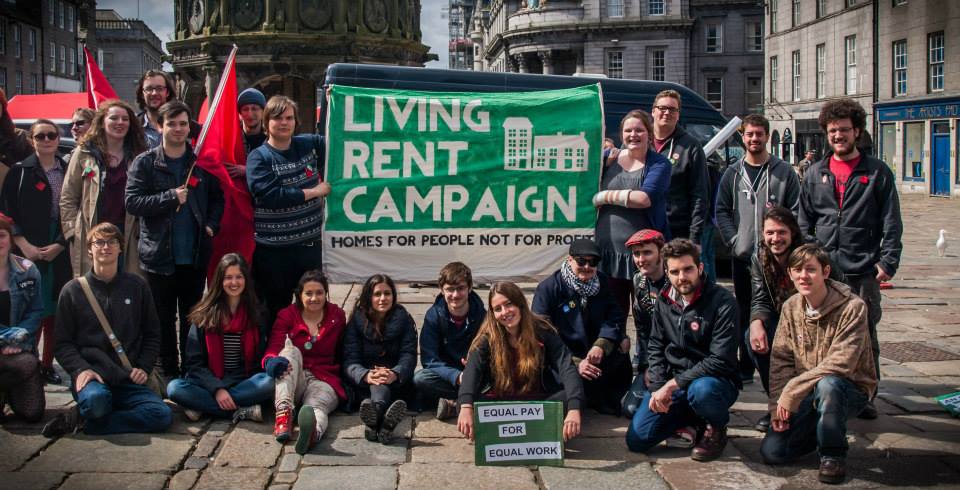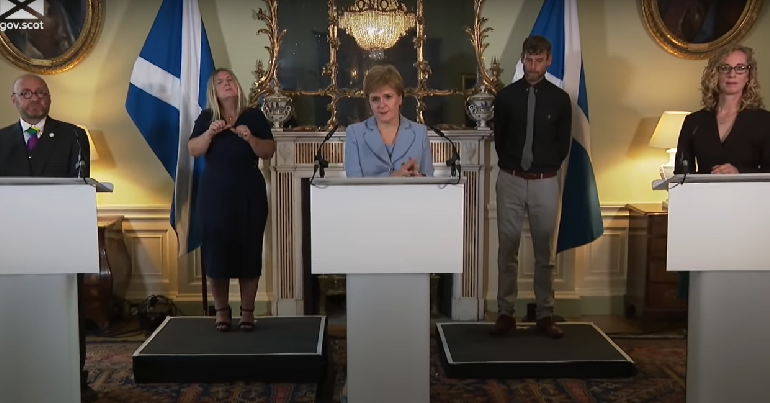We need rent controls to fight poverty – and climate change

This article was written under a pseudonym.
In 1988, Margaret Thatcher scrapped rent controls for the Private Rented Sector (PRS) – laws limiting the amount landlords can charge in rent that had been in place since 1915. And it’s been a disaster.
Sky-rocketing house prices mean few can buy, the demolition and privatisation of social housing mean waiting lists are decades long, and so the young and the poor have nowhere else to go but to rent. The size of the sector has exploded, and rents have exploded with it. Rents are now so high that tenants become completely trapped – after rent, there’s nothing to save for a deposit, so there’s no hope of escaping the PRS.
Tenants are being hit twice; by stagnating wages and spiralling rents, and are being driven into poverty and homelessness by the greed of private landlords.
Scotland – and housing is completely devolved – has one of the least regulated PRS in Europe. Almost every other country has rent controls, and in Paris and across Germany the regulations are being tightened up and strengthened. It’s time for us to join them.
The Living Rent Campaign, a rapidly-growing grassroots campaign for rent controls, has put the question high up the agenda of political parties – and public opinion – across Scotland.
Rent controls are absolutely crucial to tackling the growing crisis of poverty in the PRS and, as a party, we should join the fight.
But rent controls aren’t just about cost. More than 13% of Scotland’s greenhouse gas emissions come from residential properties; and this is disproportionately high from Scotland’s PRS, where there is next to no incentive for landlords to make energy efficiency improvements – because they’re not paying the bills. Currently, every second PRS property fails the “Scottish Housing Quality Standard”, and private tenants are the most likely to live in fuel poverty.
This is a double-edged sword. Scandalously energy ineffienct properties mean sky-high bills for already struggling tenants, and levels of carbon emissions that will destroy the planet. Not to mention the well-recognised devastating impact that damp, draft and cold has on tenants’ health.
In other countries, not so. The Living Rent Campaign borrows ideas from models such as that in the Netherlands, where a property’s energy efficiency is included in calculating the maximum rent a landlord can charge. This means there is suddenly an immediate incentive for landlords to insulate, replace boilers, double-glaze, etc. It isn’t a coincidence that the quality of the PRS in the Netherlands is so much bettter than here.
There is a motion at the upcoming Scottish Green conference about rent controls. It will pass, but that isn’t the issue: it shouldn’t just pass, it should be what we fight hardest over in the run up to the 2016 election.




……AND climate change? Seriously? Climate change is about unstoppable warming of the planet. It’s a comet hit!!!!!!!!!